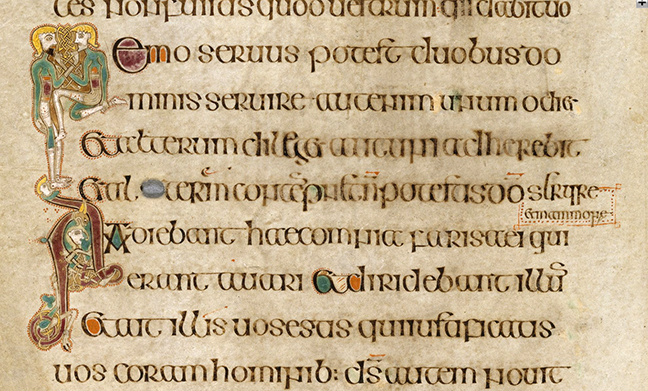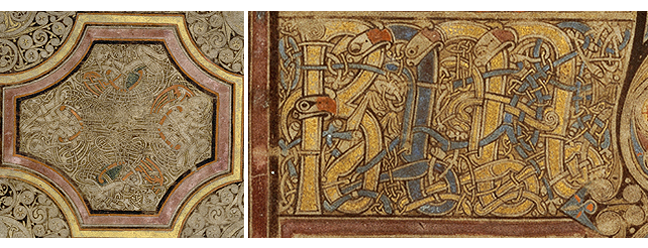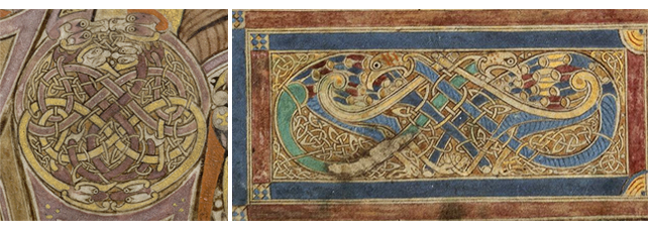Home / History / Irish History / The Book of Kells: Exploring an Irish Medieval Masterpiece / Intertwined men and animals
This article is from the free online
The Book of Kells: Exploring an Irish Medieval Masterpiece


Reach your personal and professional goals
Unlock access to hundreds of expert online courses and degrees from top universities and educators to gain accredited qualifications and professional CV-building certificates.
Join over 18 million learners to launch, switch or build upon your career, all at your own pace, across a wide range of topic areas.

 Fig 1. Detail from
Fig 1. Detail from  Fig 2. Detail from
Fig 2. Detail from  Fig 3. Entangled men making up part of the design on the cross page
Fig 3. Entangled men making up part of the design on the cross page  Fig 5. Snakes forming the top of the letter ‘I’ at the opening of the Gospel of Matthew
Fig 5. Snakes forming the top of the letter ‘I’ at the opening of the Gospel of Matthew 





